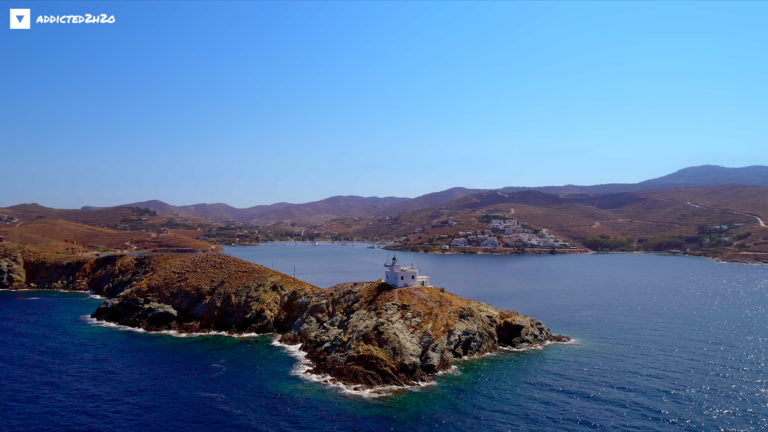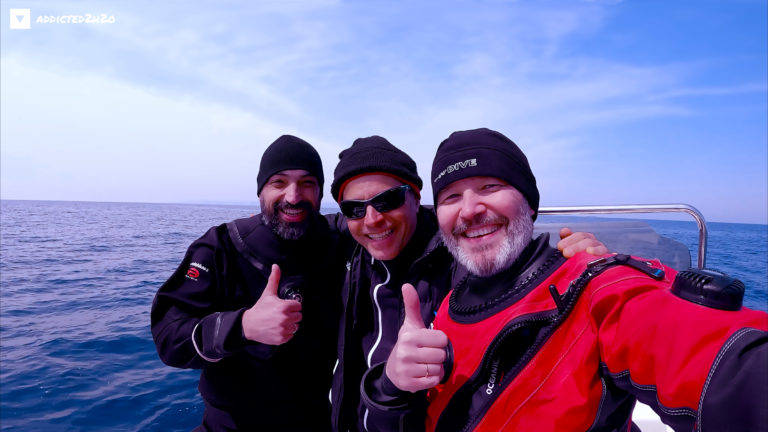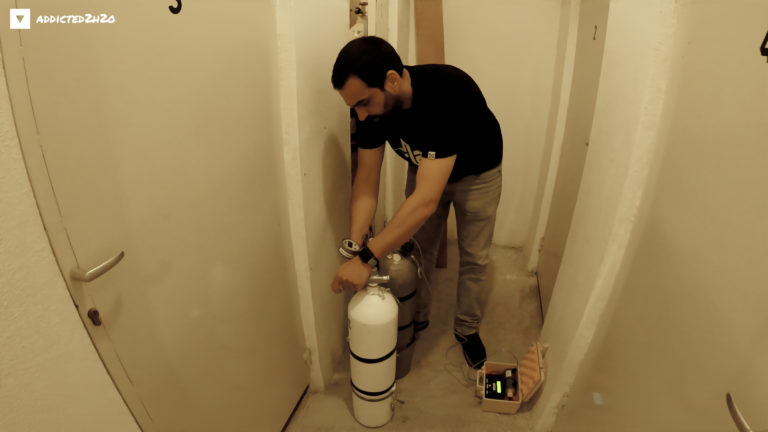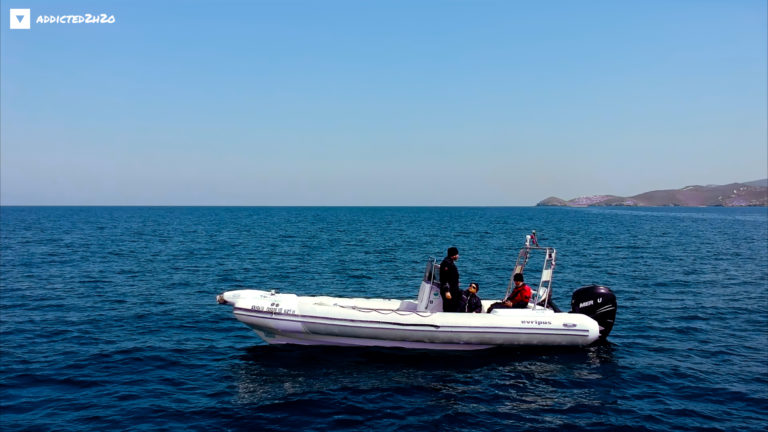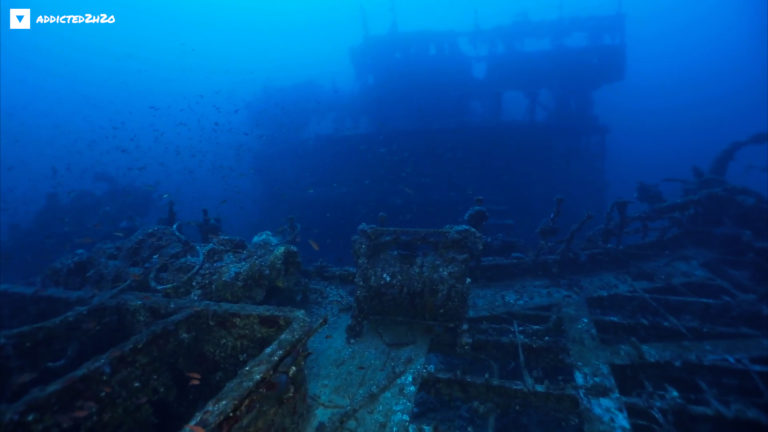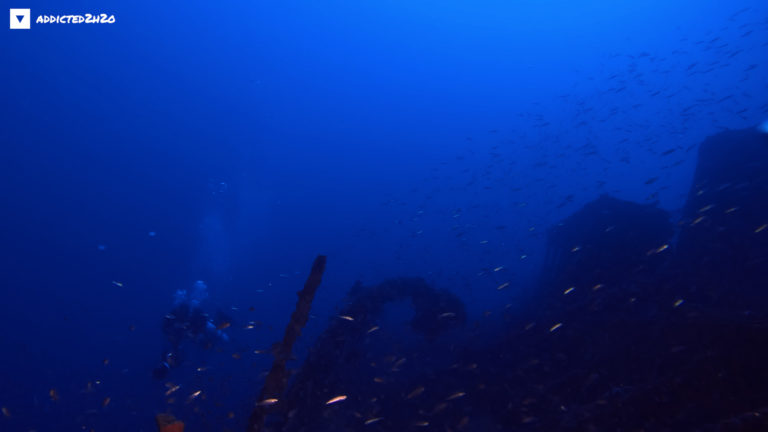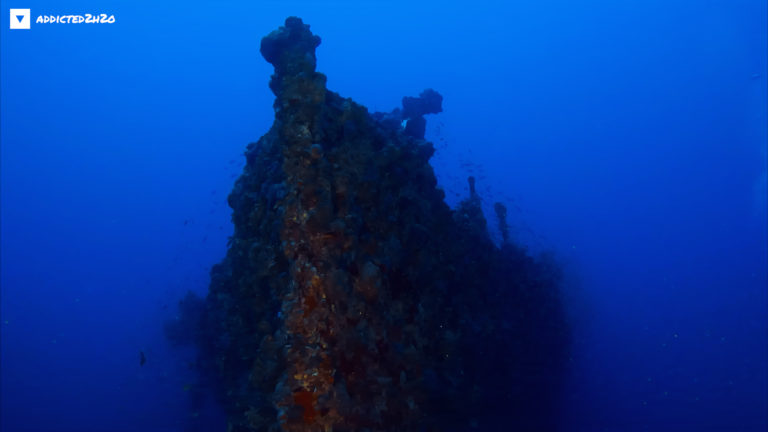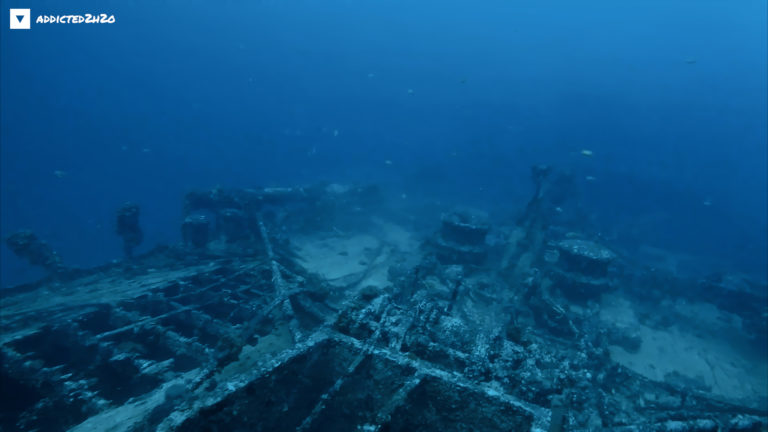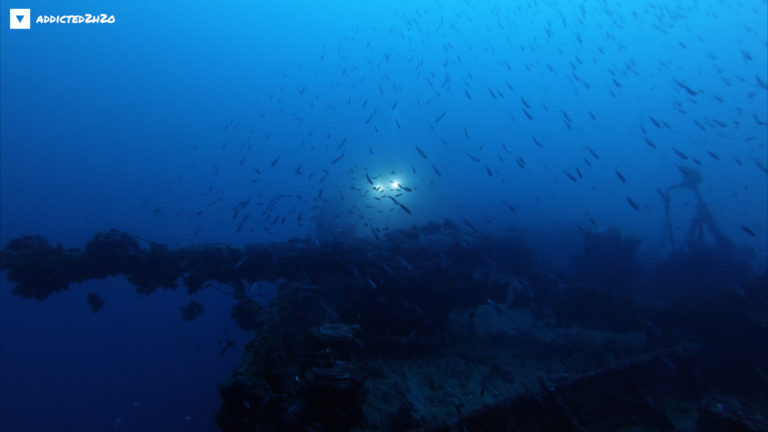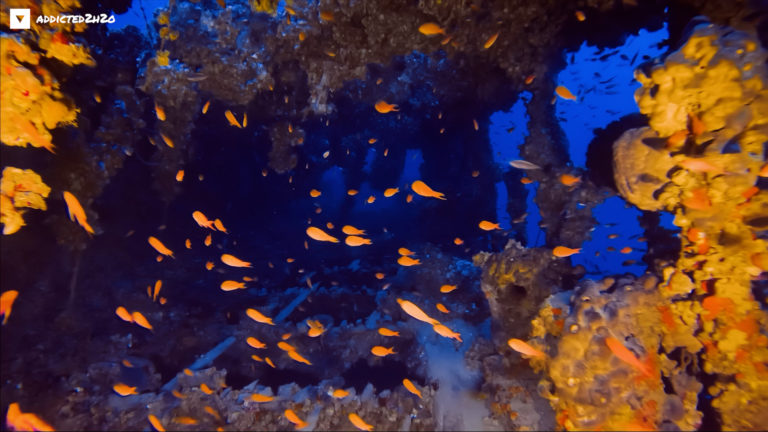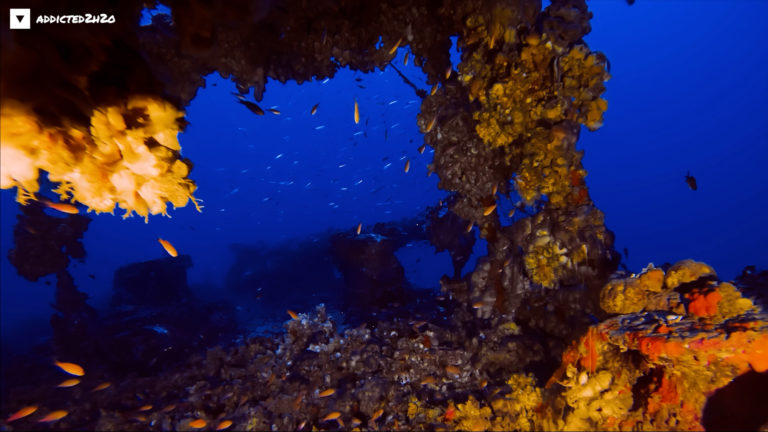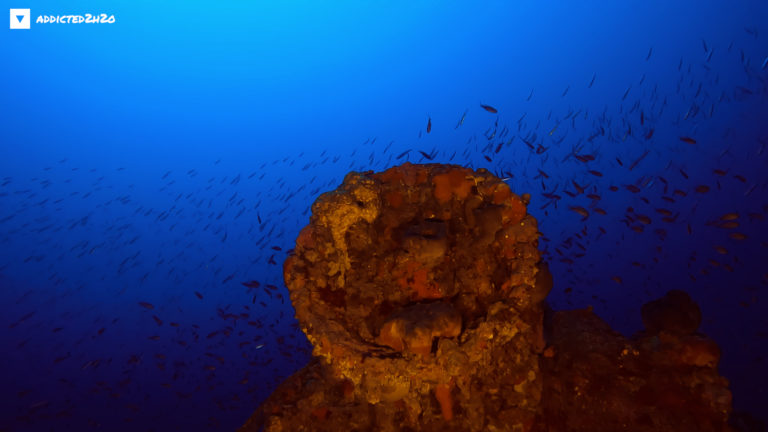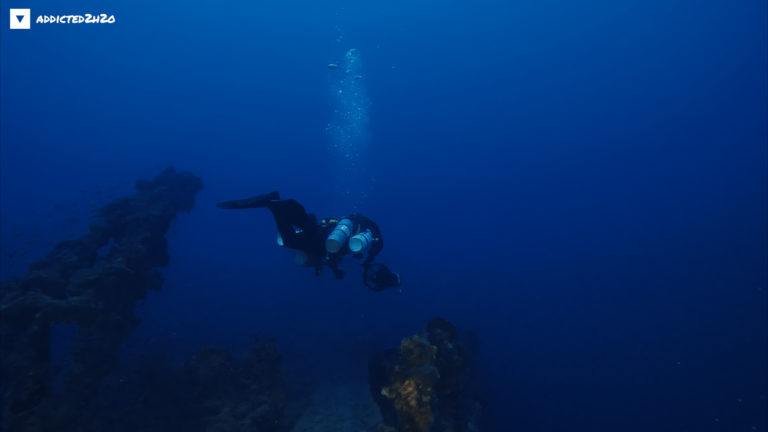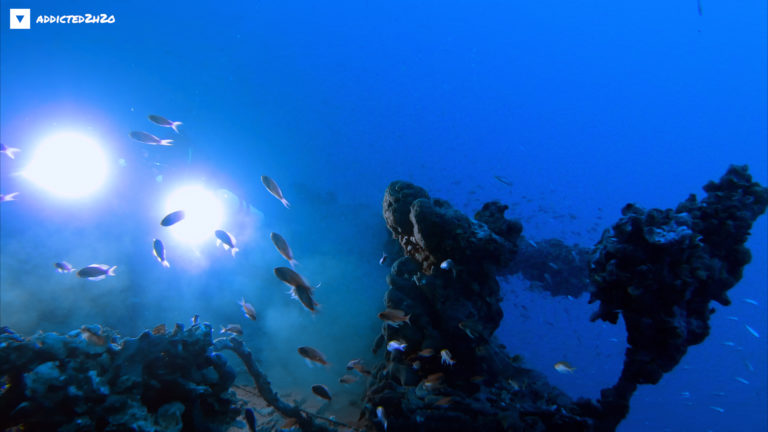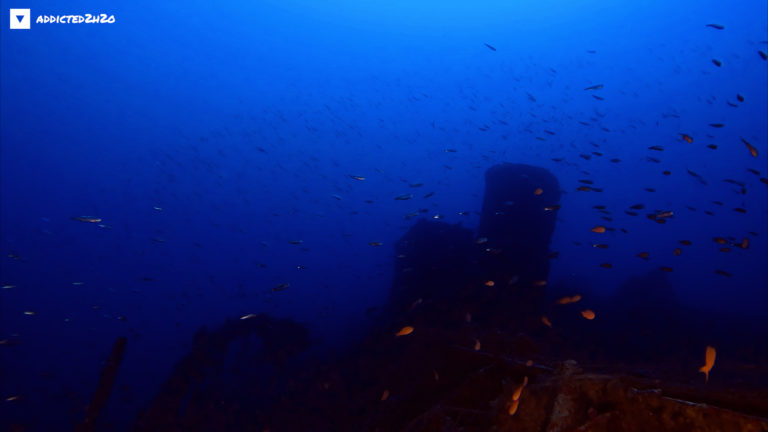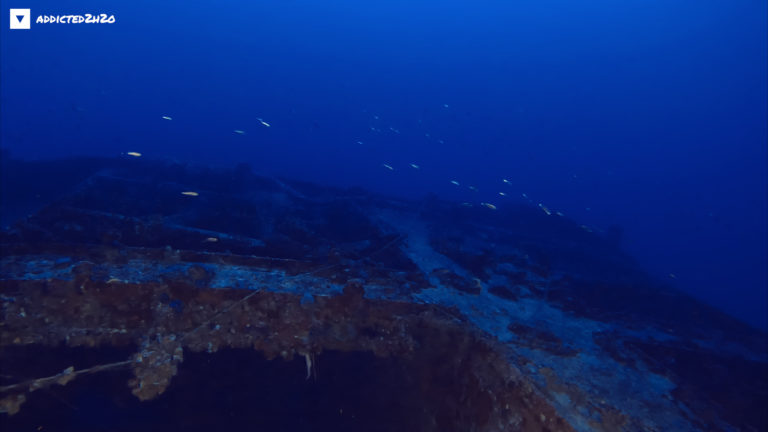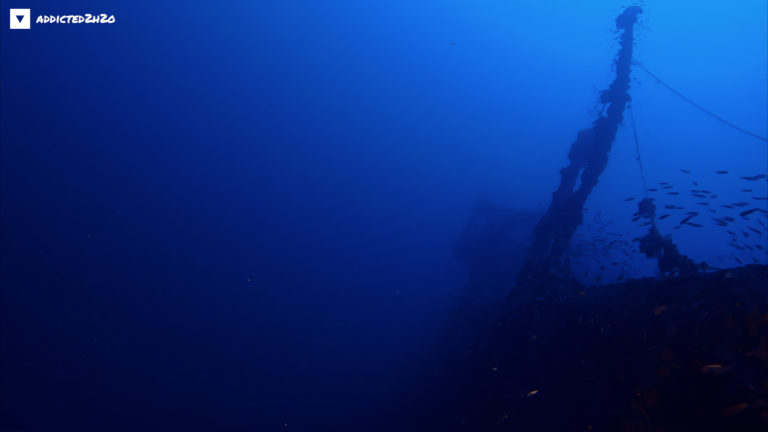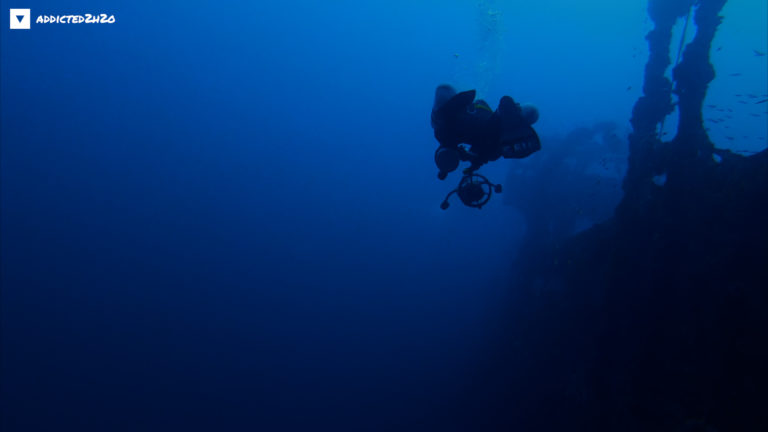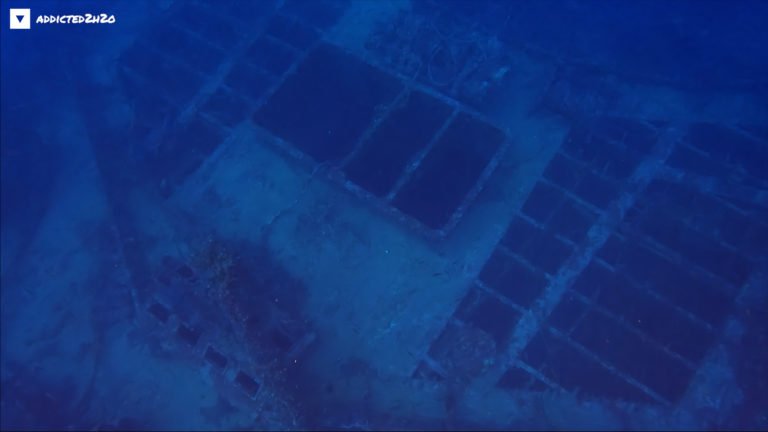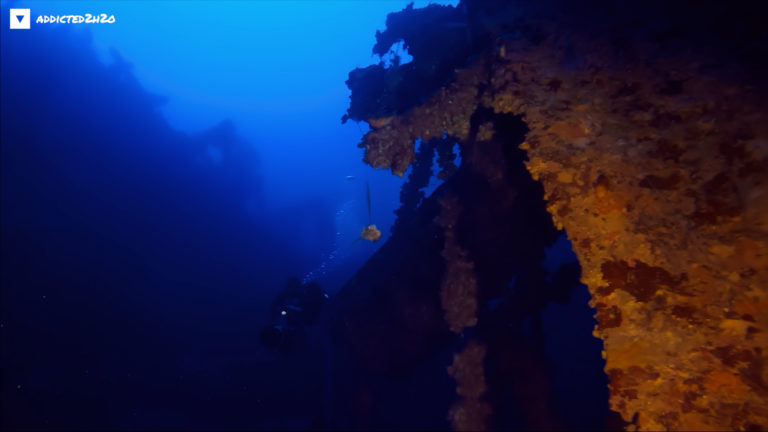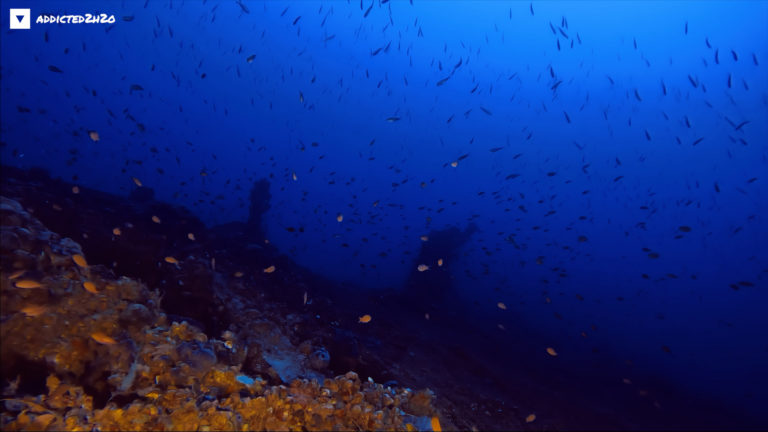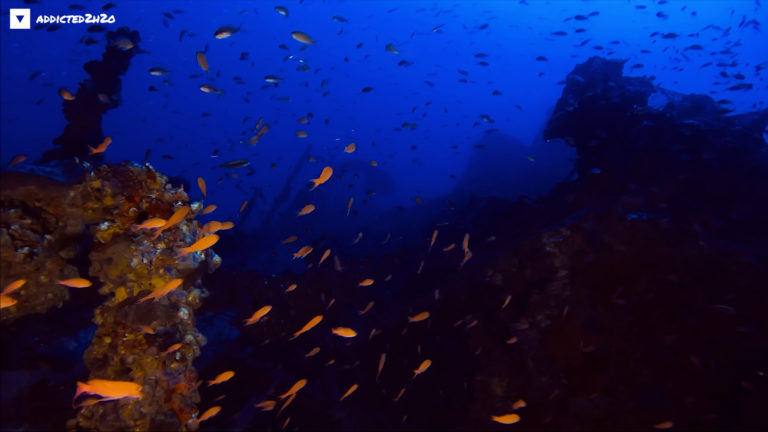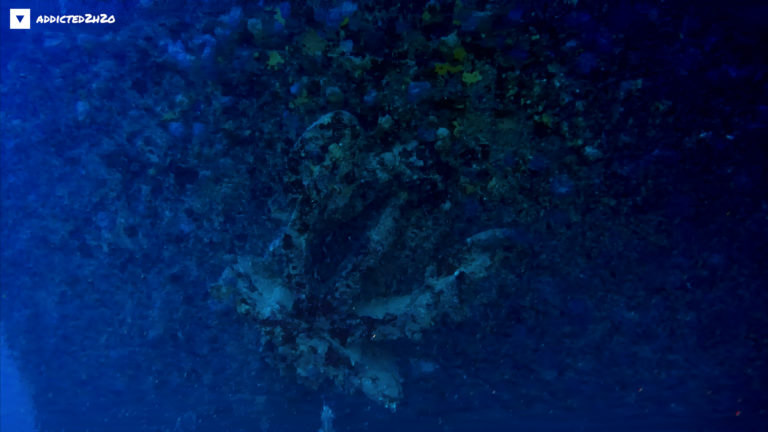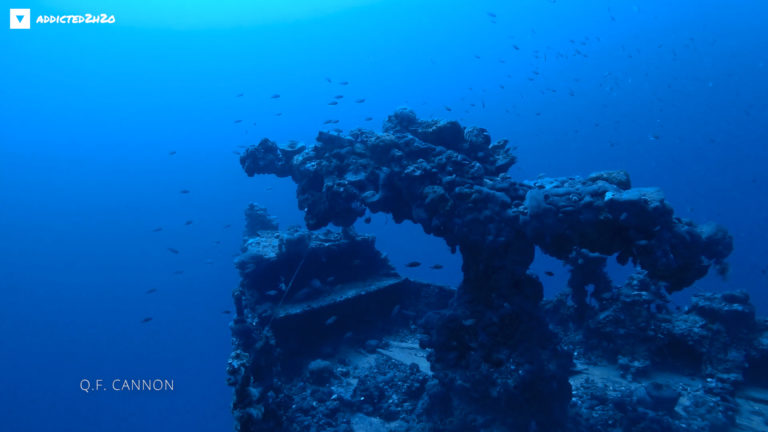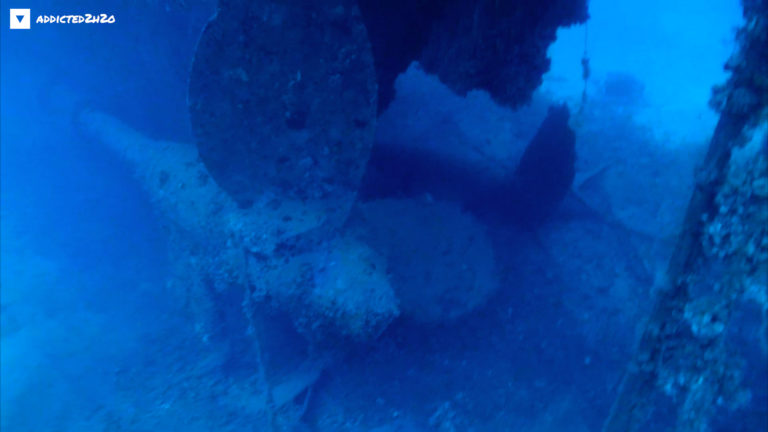SS BURDIGALA
ex. Kaiser Friedrich
The SS Burdigala was built in 1897 for German shipper Norddeutscher Lloyd and was originally called the SS Kaiser Friedrich. Intended to dominate the North Atlantic route, it was a jewel, with luxurious lounges and leisure facilities, broad decks and a capacity for 1,350 passengers. However, it became apparent from the get-go that the SS Kaiser Friedrich did not have the speed needed to cross the Atlantic within the six-day limit set by the company. This weakness spelled doom for the liner, which was abandoned for 12 years at the port of Hamburg, becoming the symbol of a grand vision but also a spectacular failure. Eventually she was taken up by the French company Sud-Atlantique in 1912 and renamed SS Burdigala. The ship was subsequently commandeered for service in World War I and transformed into a troop carrier.
The requisition of the S/S Burdigala by the French Government marks the beginning of the last period of the ship. The major problems that had were dealt with by the companies Norddeutscher Lloyd and Compagnie de Navigation Sud-Atlantique in the recent past, with most important one being the large consumption of coal, were not so important at all during this period for the ship as the French Government wanted to use every available means in order to support its war activities and of course the consumption of fuel was not an issue.
The French Government used Burdigala as a troopship and equipment carrier from the Mediterranean French city of Toulon to Dardanelles and Thessaloniki. The first carrier registered with immediate reference to the ship’s name was on November the 9th in 1914 at Toulon where the 14th order of the 2nd regiment of Zouaves (14e Bataillon du 2e Regiment de Zouaves) boarded the Burdigala. In December of 1915, the ship was an auxiliary cruiser (Croiseur Auxiliaire) and it was equipped with Q.F machine guns and four guns of 140mm (5,5 inches) that were place in pairs at the bow and the stern.
During 1915 and 1916 and until its sinking, the ship continued to carry the army to the Dardanelles and Thessaloniki which was the base of the Entente forces in the Balkans. The route started from Toulon, passing from the South of Sardinia and Sicily with stops at La Valetta of Malt, passing from Malea and Piraeus it went to the straits of Kea and then onto Thessaloniki which was her last stop. At this point we should mention that Greece under the Government of Venizelos, until the official war declaration against the united forces of Germany, Austria-Hungary, Bulgaria and Turkey on the 25.11.1916, was a neutral country and any activity that was taking place on its territory or sea borders was, at least in theory, an issue of the forces that were participating in the war.
On November 13th 1916, the ship sailed empty from Thessaloniki with a destination of Toulon in order to receive troops and war equipment. The ship’s captain was the reservist Lieutenant Francois Rolland and the chief engineer responsible was August Richard. The next day, on November the 14th at 10.45am and while the ship was almost 2 nautical miles south-west of the cape of Agios-Nikolaos in Kea, there was an explosion on the right-side mid-ship which caused the engine room to flood. Even though at the outset the ship had an inclination of four degrees and its captain, the reservist Lieutenant Rolland, thought the ship would not sink, 20 minutes later the situation changed as waters flooded the second boiler room of the ship located in front of the main engines. The inclination of S/S Burdigala increased, and the captain gave the order to abandon the ship. The crew immediately, under the supervision of the captain, the chief engineer and the second officer Mercier, lowered the lifeboats into the water and abandoned the ship. After 15 minutes after the captain’s order to abandon ship, S/S Burdigala, cut in two due to a second explosion, and subsequently sank outside of the North-west coasts of Kea to a depth of 76m. The reason of her sinking was the ship’s collision with a mine of the minefield number 32 that was laid by the German submarine U73 (with her captain the Lieutenant Gustav Siess) on the 28/10/1916. One week after the sinking, on the 21.11.1916, and at a very close proximity from Burdigala with the exact same way, the British hospital ship HMHS Britannic was also sank after crashing into a mine from the same minefield.
The S/S Burdigala was a ship which, even though failed to fulfill its primary condition of the company who ordered her construction and that was the indicative average speed of 22 knots, remains in shipping history as a point of reference exactly because of this failure. The ship’s history shows on the one hand her activities during the peak of the industrial period regarding trade, business, the social structure and politics of these times, and on the other hand, through her voyages and long lists of passenger’s she carried as part of the transatlantic immigration journey to the North and South American continent. Her tragic end is directly connected with the social and political crisis of the beginning of the 20th century, expressed through the armed conflict that led to World War I. Furthermore, her common historical destiny with the hospital steam ship HMHS Britannic make her one of the last witnesses that mark the end of the era of the historical ocean liners that acted and were lost in the East Mediterranean Sea during World War I. Finally, the S/S Burdigala is the second important historical wreck in the Greek seas – after the adjacent wreck of HMHS Britannic.
Dimitris Galon
The dive
The down line was dropped mid-ship on the ships starboard side. The divers used diver propulsion vehicles for this dive due to the sheer length of the wreck and first made their way right between the bow and the aft section as the ship was cut into two, crossing to the other side. Following this the divers made their way to the aft section and went through a passage to find the rear 140mm cannon and propellers. Next cruising the entire length of the ship from the aft to the bow section witnessing the impressive two cannons and QF gun at the bow. The total dive time exceeded 26 minutes and the divers made over three runs of the ships entire length before ascending for the necessary decompression stops. This is a magnificent wreck which definitely needs the use of underwater scooters and several dives in order to be fully appreciated.
Divers:
Erikos Kranidiotis
Stelios Stamatakis
Sources
-https://independent.academia.edu/DimitrisGalon
-https://burdigalaproject.wordpress.com/the-sad-story-of-ss-burdigala-former-ss-kaiser-friedrich/
-https://www.grafasdiving.gr/en/shipwrecks/ss-burdigala-ex-ss-kaiser-friedrich/
-https://www.ww2wrecks.com/portfolio/burdigala-100-years-since-the-sinking-of-the-second-largest-shipwreck-of-the-greek-seas/
-https://www.ekathimerini.com/culture/210401/wwi-sinkings-of-burdigala-and-britannic-commemorated-on-kea/
-https://100years-kea-shipwrecks.org/about/100-years-of-burdigala-britannic/
-https://en.wikipedia.org/wiki/SS_Burdigala
Do what you can’t
